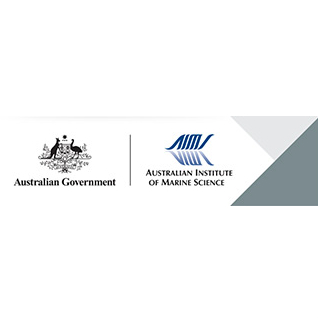Brief description
Specimens of the decapod shrimp, Acetes sibogae australis, were collected along the jetty of the Australian Institute of Marine Science (AIMS) and specimens of the copepod, Acartia australis, were collected from Davies Reef lagoon. The copepods were transported in a 20 litre bucket to the AIMS laboratory within six hours. In the laboratory each species was transferred to gently aerated aquaria containing unfiltered sea water collected from the same site as the animals and placed in a constant temperature room (24-25°C).Physiological activities and biochemical components were measured for subsamples of Acetes sibogae australis at 2, 14, 26 and 50 hours after capture. Measurements for subsamples of Acartia australis were made at 6, 14, 26 and 49 hours after capture. Respiration and excretion of ammonia and phosphate were measured using a water bottle method. Twelve replicate bottles containing Acetes sibogae australis were incubated for 2.5-3.5 hours, while 8 replicates bottles containing Acartia australis were incubated for 3.5-4.5 hours. At the end of incubation, separate water samples were siphoned off dissolved oxygen analysis and for ammonia and phosphate analyses.Animals from the incubation bottles were filtered onto GF/C filters and frozen in liquid nitrogen and stored in a freezer until analysed within 24 hours. Half of the filters from each experiment were homogenized in trichloroacetic acid for extraction of adenine nucleotides. ATP was determined by the luciferase-luminescence method, and ADP and AMP by the same method after enzymatic conversion to ATP. The remaining GF/C filters were homogenized in ETS-B solution, and these extracts were used to determine electron transport system (ETS) activity and the concentrations of protein and RNA. Laboratory studies were undertaken to investigate the decline in physiological activities, including respiration and excretion rates, of two species of marine zooplankton after capture. The results were used to assess whether capture stress or shortage of food contributed to declines. These experiments were a component of the project "The effect of laboratory conditions on the extrapolation of experimental measurements to the ecology of marine zooplankton".Lineage
Maintenance and Update Frequency: notPlannedNotes
CreditIkeda, Tsutomu, Dr (Principal Investigator)
Modified: 17 10 2024
text: westlimit=147.612722; southlimit=-18.852711; eastlimit=147.67678; northlimit=-18.799596
text: westlimit=147.0586; southlimit=-19.2774; eastlimit=147.0586; northlimit=-19.2774
The effect of laboratory conditions on the extrapolation of experimental measurements to the ecology of marine zooplankton. VI. Changes in physiological activities, biochemical components: Ikeda T and Skjoldal HR (1980) The effect of laboratory conditions on the extrapolation of experimental measurements to the ecology of marine zooplankton. VI. Changes in physiological activities, biochemical components. Marine Biology 58: 285-293.
local : articleId=1996
- global : 09b1a0eb-67b6-41d0-92c5-9463b7d6a099


